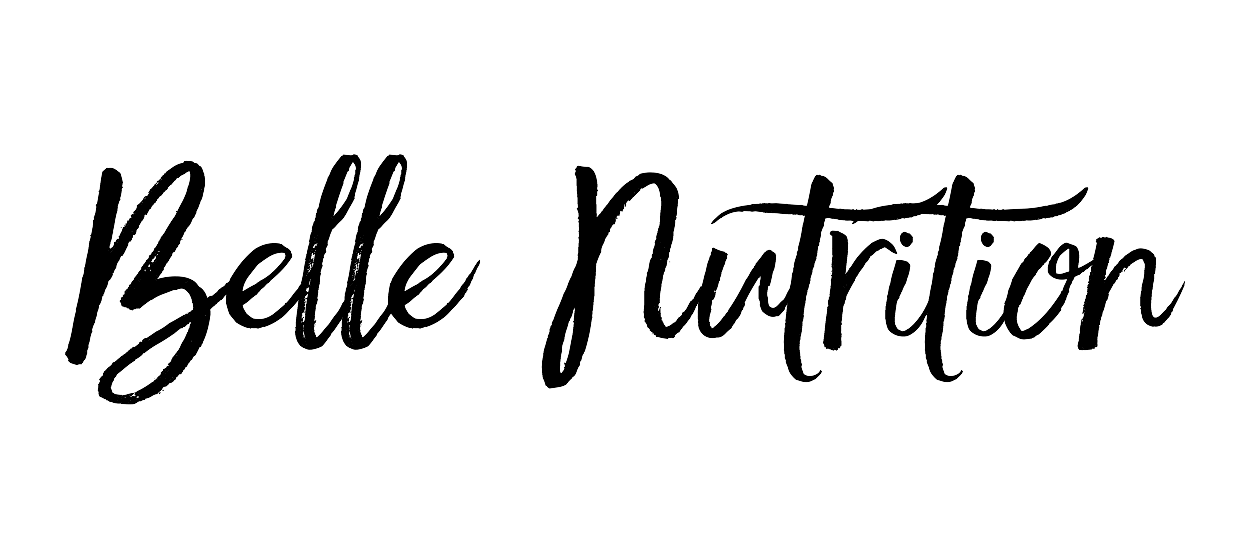Fasting is nothing new to the human race. Though historically, it is unlikely that we imposed a calorie deficit upon ourselves, more that over the course of a year sometimes food was scarcer than at other times.
Why fast now we live in a state of plenty? There are many different theories on this.
Advocates of fasting, for intermittent periods, report that this approach may help to burn fat rather than store it, may help to regulate other important hormonal levels that help to reduce your risks of cardiovascular disease, diabetes, and many others. Also, there is the potential for the hormones which regulate appetite to be rebalanced. These, which include the all-important leptin and ghrelin may well be out of kilter in our 21st C world off food abundance, stress and poor sleep patterns.
Michael Mosley, creator of the popular 5:2 Diet reports that “you should not only lose weight but also enjoy a wide range of health benefits. Studies of intermittent fasting show that not only do people see improvements in blood pressure and their cholesterol levels, but also in their insulin sensitivity”.
The original diet by Mosely cantered on eating normally or ‘whatever you want’ for 5 days and then a controlled two days of 500 calorie eating for women and 600 calories for men. The description of 5 days ‘with little thought to calorie control and a slice of pie for pudding if that’s what you want’ is perhaps the most significant limiting factor to the advice. As tempting as it is, giving yourself the green light to over-indulgence is not going to be remedied by eating 500 calories on the other days.
However, I’m a big fan of bringing in some sensible intermittent fasting days as it can encourage some healthy plant-based eating. Once you start the process of looking at example meals it’s clear that increasing the fruit and vegetable quantity of a meal means we can be fuller for longer without going hungry.
As it’s a month to our juice retreat cleanse in Gozo I’m using a couple of Intermittent fasting days per week to get me focussed. Today is a 500-calorie day, its 2 pm and hunger has not been an issue.
An over-night oat start with plenty of blueberries followed by a drip feed of Matcha tea has kept energy high and mental focus on track.
This lunch comes in at under 200 calories leaving plenty of room for dinner.
Baked Egg with spinach and sweet potato
· 1 egg
· Half a sweet potato grated
· ¼ tin chopped tomatoes
· 25g spinach
· Chilli flakes
· Fresh thyme
· Extra spinach or salad leaves to decorate
· Sprinkle of poppy seeds
Method
Heat oven to 200C/180C fan/gas 6.
In a small over-proof dish, place the grated sweet potato and spinach leaves. Pour on the tomatoes and sprinkle with a few chilli flakes (thermogenic and satiating).
Make a small well in the centre of this vegetable mix and crack in an egg. Bake for 12-15 mins or more depending on how you like your eggs, check they are cooked adequately.
The sweet potato melts slightly into the tomatoes creating a wonderfully sweet and satisfying taste.
If you struggle on 500-600 calories per day then do not be perturbed as Michael Mosely recently modified this diet to 800 calories per day, recognising that this has equally beneficial effects. Therefore, your overnight oats which come in at around 170 calories, baked egg dish could then be followed by a fillet of fish with an array of vegetables or a hearty vegetable curry in the evening.
The main benefits from my experience are that we re-evaluate how much food we actually need to sustain our mental and physical needs. We pause before reaching for that incidental snack which may be a snack of habit. We give ourselves a 12-hour over-night fast, perhaps finishing our dinner by 7 pm and not eating again until 7 am. The calories in drinks are carefully considered and we may switch to water of herbal teas. All in all, if this approach is taken with a healthy and 7-day plant-based slant then it can only be a good thing at getting us on track with the types of diets that are eaten in the Blue Zones.
It is not a dietary approach for anyone who has disordered or obsessive eating patterns.

